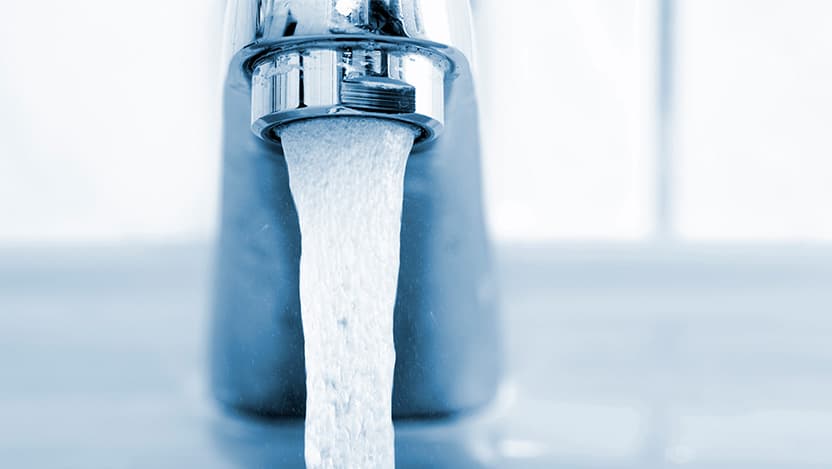Study finds running water involved in majority of pediatric bathing burns

Researchers at the University of Chicago Medicine are calling for updated infant bathing guidelines after reviewing cases of young patients treated for bathing-related scald burns at the academic health system’s burn unit. In a recent study, the group found that about 95 percent of burns infants suffered while bathing involved running water.
“The majority of children under three years old admitted for scald burns while bathing involved running water,” said study author William Moser, MD, who was a pediatric resident at UChicago Medicine Comer Children’s Hospital at the time of the study and is now a child abuse pediatrics fellow at Lurie Children’s Hospital. “These cases are not abusive or negligent. We can’t blame parents for not knowing about something that’s not featured in current guidelines.”
According to Moser, current bathing recommendations from leading pediatric institutions like the UChicago Medicine’s Burn Center with bathing-related scald injuries between 2010 and 2020. Researchers assessed risk factors including whether there was running water, whether water temperature was checked before placing the child in the water and whether a caregiver was present for the entire bath. Thirty-seven of the 101 cases had only one of these three risk factors, and the vast majority of those 37 involved running water as their only factor.
Study co-author Veena Ramaiah, MD, is an associate professor of pediatrics at Comer Children’s Hospital and a board-certified child abuse pediatrician. The Child Advocacy and Protective Services team that she is part of evaluates every pediatric patient under three years old who is admitted for burn injury, to provide expertise on concerns or suspicions of abuse or neglect. The vast majority of these burn cases, she said, do not fall under those categories and are accidental due to parental lack of knowledge of the risks.
“In addition to children suffering long-term physical and psychological consequences from these burns, cases often get reported to the Illinois Department of Children and Family Services for investigation,” said Dr. Ramaiah. “Many physicians don’t know about running water as a risk factor. Even if a caregiver is standing right next to a baby in the bath, they can’t control how fast these burns happen.”
The study authors said while research exists on the benefits of safety measures like water heaters with temperature control devices, getting legislation passed that would require home and building owners to implement these appliances has had varying levels of success around the world.
“This is a tough issue to address wholesale,” said Moser. “Fixtures with built-in safety mechanisms aren’t cheap. It really starts with educating caregivers on the risks they have the ability to mitigate.”
The study authors say the best advice for caregivers is to fill a tub or sink, turn off the faucet and then check the temperature of the standing water to make sure it’s safe. Only then should parents or caregivers place a child in the water. People should also consider the proximity of knobs and faucet handles to themselves and the child — the farther away, the less chance they have of being accidentally turned on or off. This is especially common when infants are bathed in sinks where hot and cold water knobs are easily accessible to the child.
The study, “Sebastian Vrouwe, MD; and Jill Glick, MD.
